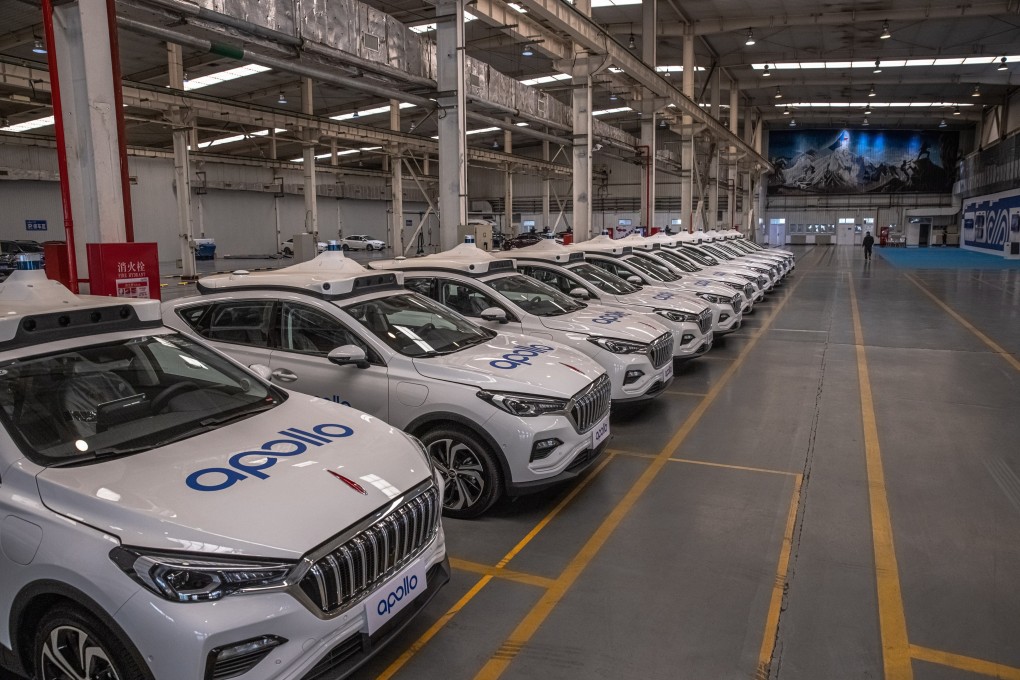Letters | Advent of self-driving cars calls for update of laws and research
- Guidelines, safety measures and public understanding of AI’s limitations must be in place before a widespread roll-out
- We must be willing to bear the consequences of rare but sometimes fatal errors in exchange for the improvements new tech brings

Self-driving cars are becoming a reality because of the rapid advancement of computing power and neural networks. In Hong Kong, the Applied Science and Technology Research Institute in March launched one of the world’s largest cellular vehicle-to-everything public road tests, running for nine months.
With cars equipped with autopilot and companies launching driverless ride-hailing services, I am convinced the time is ripe to conduct related research and amend existing laws.
Currently, traffic laws are based on the principle that the driver has full responsibility for the car, without considering the fact that some accidents are due to system errors. With regard to self-driving cars, existing laws lack a clear definition of who – the driver, manufacturer, remote operator or system designer – should be liable for accidents.
Besides, guidelines on extra protective devices should be ready to ensure the drivers are focusing on the road and ready to take over if unexpected system errors occur, as with pilots in control of aeroplanes.
Protective measures such as running the car only if the driver’s seat is occupied and using iris detection technology to detect whether the driver is focusing on the road can be listed as essential for car manufacturers. Regarding malicious attacks targeting autopilot, safety devices such as an emergency button should be installed to reduce loss of life and property when the vehicle goes out of control.
